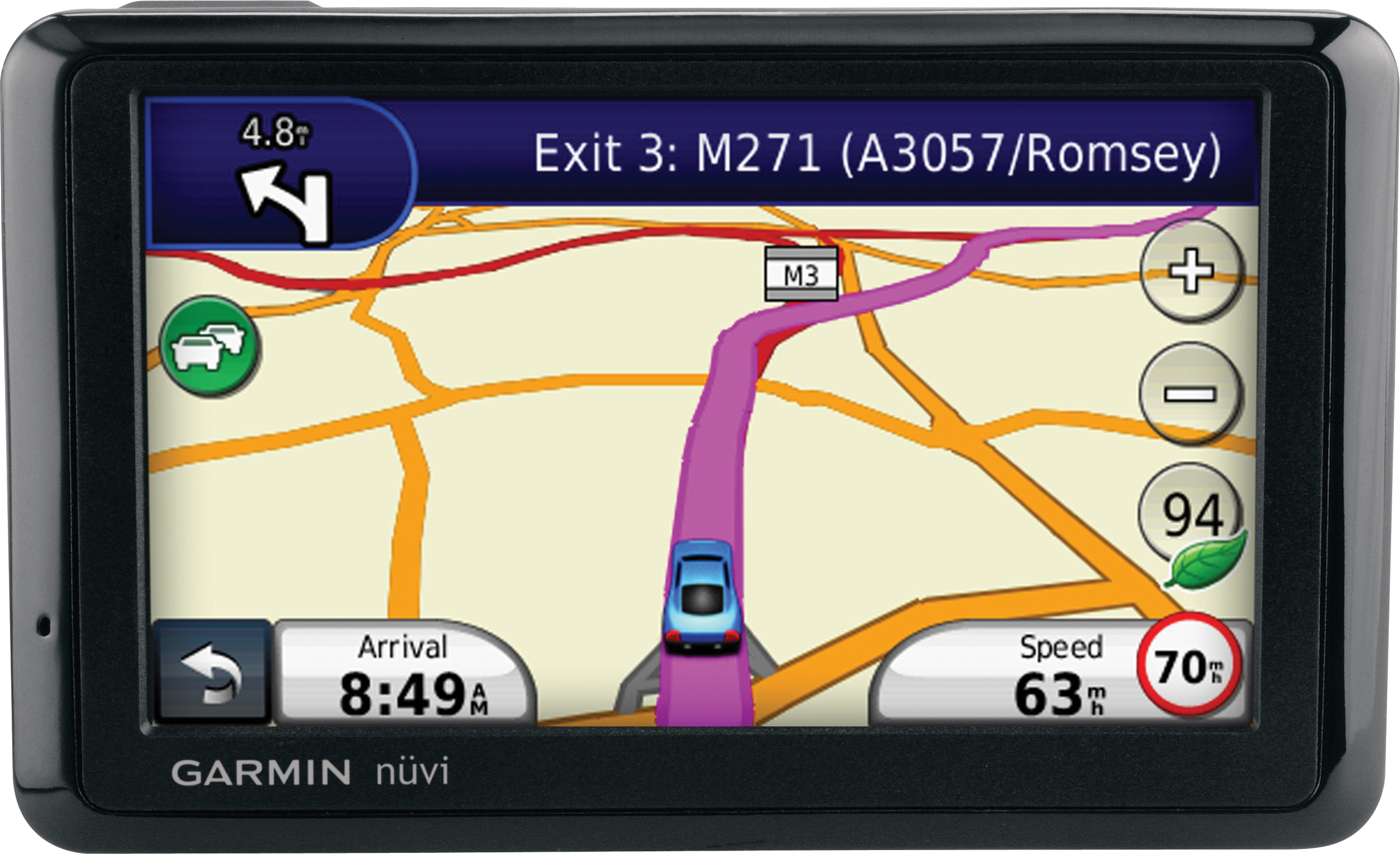My Agile transition






My believes changed
Adapt and improve continuously
There are best practices
Its about people
Its about the process
Collaboration during planning is important
The plan is important

Lean/Agile is
A never ending journey
a very nice journey actually, however
it's so easy to start on the wrong foot, or to get lost ...
Why do i like agile so much?













Meet system 1




inherent thinking errors that
humans make in processing
information.
e.g. 3 cognitive Biases
self-organization and team consensus
Decentralization of decision making
smaller batches and relative estimation


the tendency to overestimate the degree to which others agree with one
False consensus effect
the tendency to believe one can control or influence outcomes one clearly cannot
Illusion of control
Planning fallacy
the tendency to underestimate task completion time
picture of ourself








UNLEARN
LEARN

Just because the rules are easy doesn't mean the game is easy!





Directing the rider

organizational transition

How about the funnel?


how to make the funnel lean/agile?
Visualize the portfolio
Visualize the teams
Focus on value/benefits rather than costs
Prioritize and rank
The factory pulls, no push no more
Limit WIP, enable FLOW
Dedicated teams, no context switching
The RBS experience
A (new) way to manage the project portfolio






The abn amro experience
A new approach to planning.








The ING experience
Distributed scrum with a vendor
How about the organizational context?
stretch
autonomy
mastery
purpose
discipline
trust
support
What has to change to enable the transition?
The smell of the place!
Prof. Sumantra Ghoshal
governance
roles
responsibility
planning
delivery
collaboration
control, metrics
visibility
management style
focus
contracting
cultural transition
OPPORTUNITY
FEAR



How to use a framework


Bible
Guide
We value adaptiveness over predictability

The predictability paradoxon
Predictable organizations do not guess about the future and call it a plan; they develop the capacity to learn quickly and rapidly respond to the future as it unfolds.
Key principles
- focus on engineering and craftsmanship
- the once doing the work will plan the work
- and commit to the plan
- short iterations and small batches
- stop starting, start stopping - limit WIP
- collaboration is direct, verbal and personal
- business colleagues become part of the team
- we embrace change
- visibility, transparency, trust
- automate as much as possible
Delivery, collaboration & control

Focus
organizational level
Technology and Engineering
Craftsmanship and Innovation
Partnership (internal & external, responsibility)
Continuous flow model (small batches,
short feedback loop)
Reduce waste
Focus
team level
ATDD
Test Automation
Deployment Automation
Continuous Delivery
DevOps
Scaling to the program level
consider the following principles
- one backlog with one owner
-
dedicated stable team (where we can)
-
fixed cadence and continuous flow
- creation of business value (measure of progress)
- self-organization